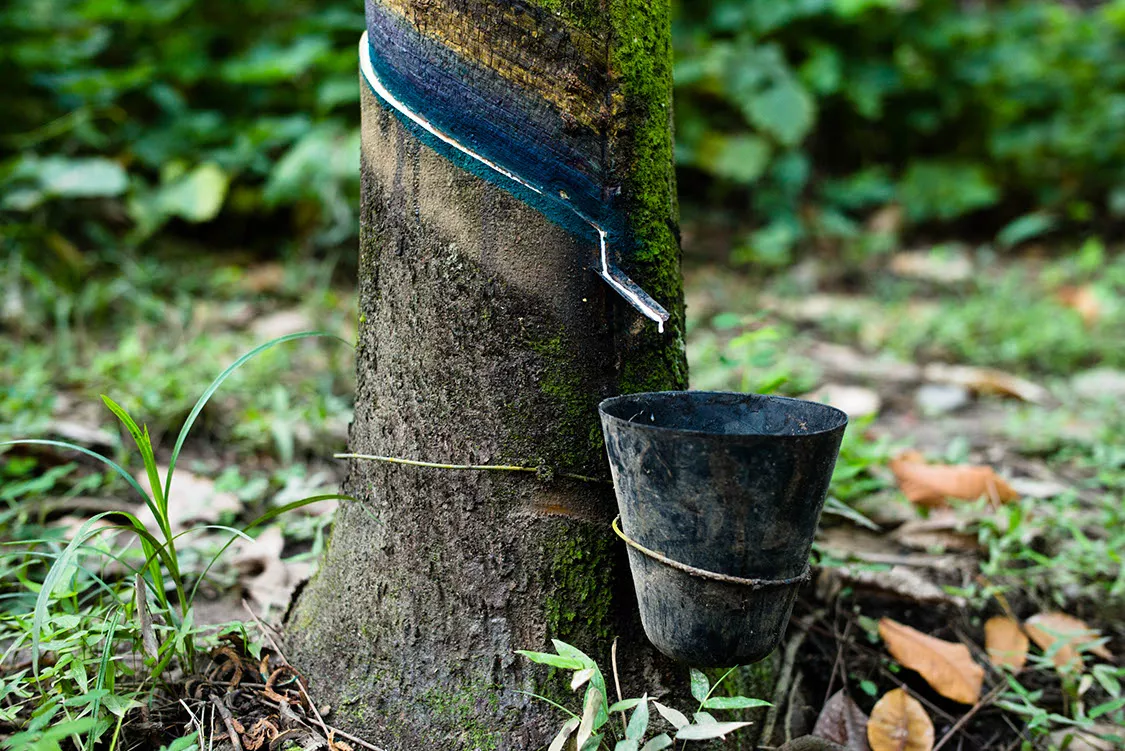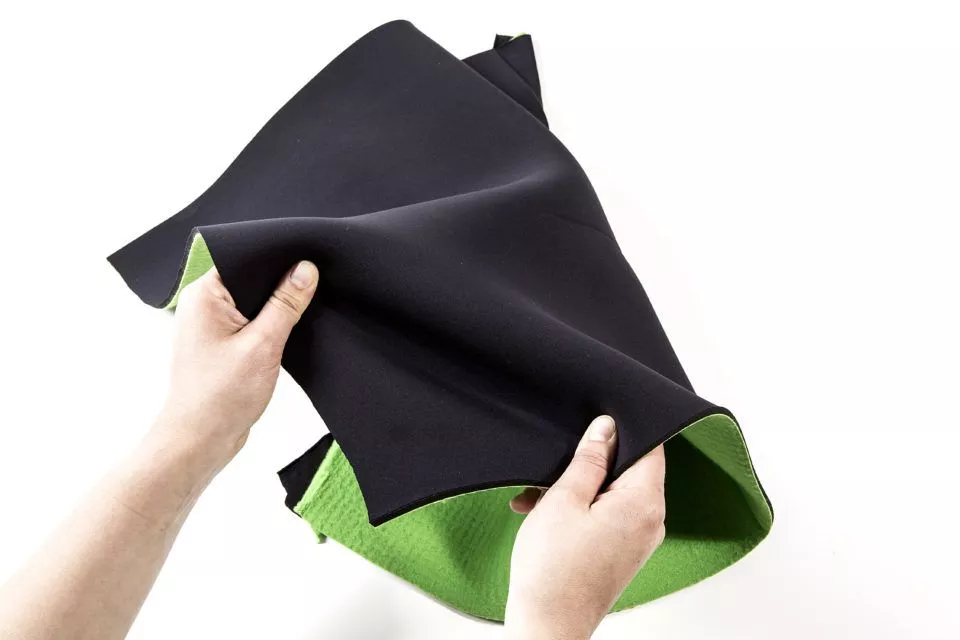Get 10% off and be the first
to discover new brands!
The History of Wetsuits
The wetsuit is a staple for cold water surfers and its history is closely tied to the sport. In 1951, physicist Hugh Bradner developed a design for the US Navy, but it was rejected. The following year, Jack O'Neill began producing wetsuits for surfing in his home in Santa Cruz and formed the company O'Neill. Around the same time, Bob Meistrell started producing a similar design under the name Body Glove. The main component in wetsuits is neoprene, a foamed synthetic rubber compound developed by DuPont in the 1930s. Neoprene is created through a chemical reaction using chloroprene and butadiene as the binding compound. The popularity of surfing led to innovations in wetsuit design, including increased comfort, flexibility, and insulation. However, the wetsuit industry has a history of using unsustainable and polluting materials, and today, many companies are looking for ways to reduce their environmental impact.
The Environmental Impact of Wetsuits
As awareness of environmental issues has grown, so too has the focus on the impact of wetsuit production. Neoprene, the key component of wetsuits, is a petroleum-based material that is not biodegradable and can take hundreds of years to break down in the environment. The manufacturing process also releases harmful chemicals into the air and water. Additionally, the nylon lining used in many wetsuits is also not biodegradable and can contribute to microplastic pollution in oceans.
Sustainable Alternatives
In recent years, several wetsuit companies have begun to take steps to reduce their environmental impact. Some companies have started using limestone-based neoprene, which is more sustainable and has a lower carbon footprint than petroleum-based neoprene. Other companies have begun using recycled materials, such as old fishing nets, in their wetsuits to reduce waste. Some have also started using more eco-friendly dyes and glues in their production process.
However, it's worth noting that many of these sustainable materials are more expensive and difficult to source, but maybe this is about time, so not all companies have adopted them. Furthermore, there is not yet a widely accepted standard for eco-friendly wetsuit production, which makes it difficult for consumers to know which brands are truly sustainable.
Limestone-Based Neoprene
Limestone-based neoprene is a newer alternative to traditional petroleum-based neoprene, which is commonly used in wetsuit production. Limestone-based neoprene is made from a combination of limestone, a natural mineral, and a small amount of petroleum-based materials. This makes it more sustainable than traditional neoprene, as it reduces the amount of petroleum needed for production. However, it is not completely free of petroleum-based compounds.
The manufacturing process of limestone-based neoprene is also less harmful to the environment compared to traditional neoprene as it generates lower emissions and uses less water and energy. However, it's worth noting that the overall environmental impact of limestone-based neoprene will depend on various factors such as the source of limestone, the transportation, and the manufacturing process.
Yulex
Yulex is a plant-based alternative to traditional neoprene that has been gaining popularity in the wetsuit industry as a more sustainable option. It is made from the guayule plant, a desert shrub native to Mexico and the southwestern United States. The latex from the plant is used to make a material that is similar to neoprene in its properties, but is more environmentally friendly.
One of the biggest advantages of yulex over neoprene is that it is sourced from a plant that can be sustainably grown and harvested. Additionally, the manufacturing process for yulex is less energy-intensive than that of neoprene, resulting in a lower carbon footprint.
Overall, yulex is one of several sustainable alternatives to traditional neoprene that are being explored by wetsuit manufacturers. While it may not be perfect, it represents an important step forward in the quest for more eco-friendly wetsuit production.
In Conclusion
The wetsuit industry has historically relied on petroleum-based neoprene, which has a significant environmental impact. However, sustainable alternatives are emerging. Limestone-based neoprene offers reduced carbon footprint, while yulex, a plant-based material, provides a renewable option. Although challenges remain, such as cost and availability, the shift toward more eco-friendly wetsuit production is underway.
By supporting sustainable practices and advocating for industry standards, we can work towards minimizing the environmental impact of wetsuits and promoting a greener future.
At The Fair Cottage we are excited to dive more deeply into the seas of sustainability and we invite our conscious readers to join us on our journey, helping us to explore the exciting things that are happening with sustainable outdoor clothing and gear and smart material development. Because information is transparency. Only with transparency can we move towards a sustainable economy.




